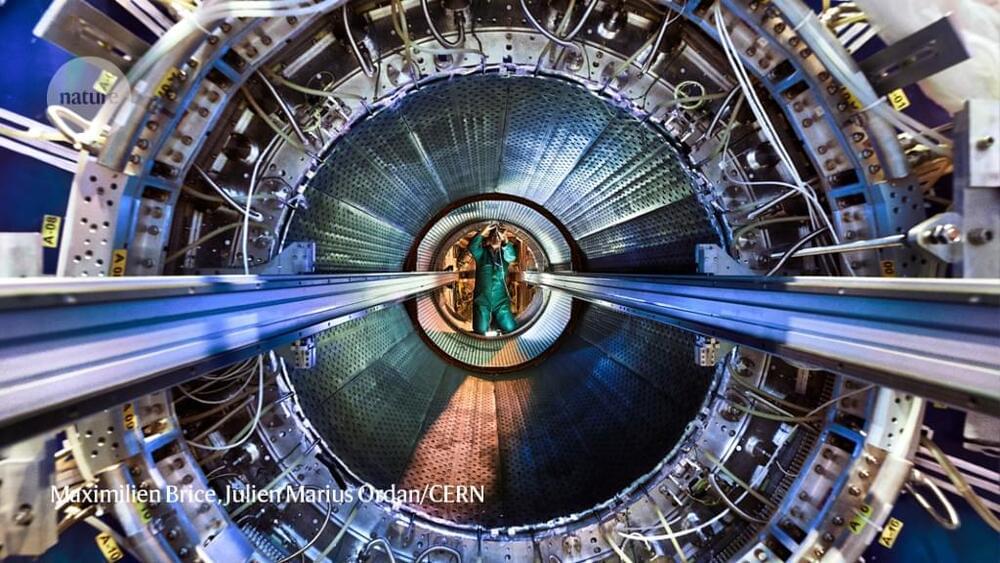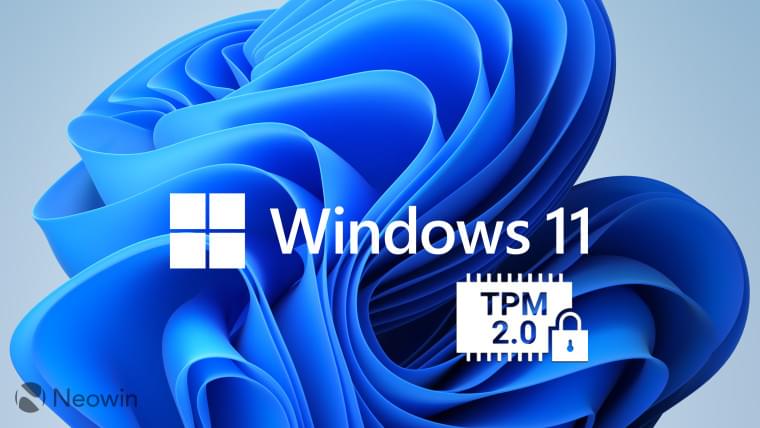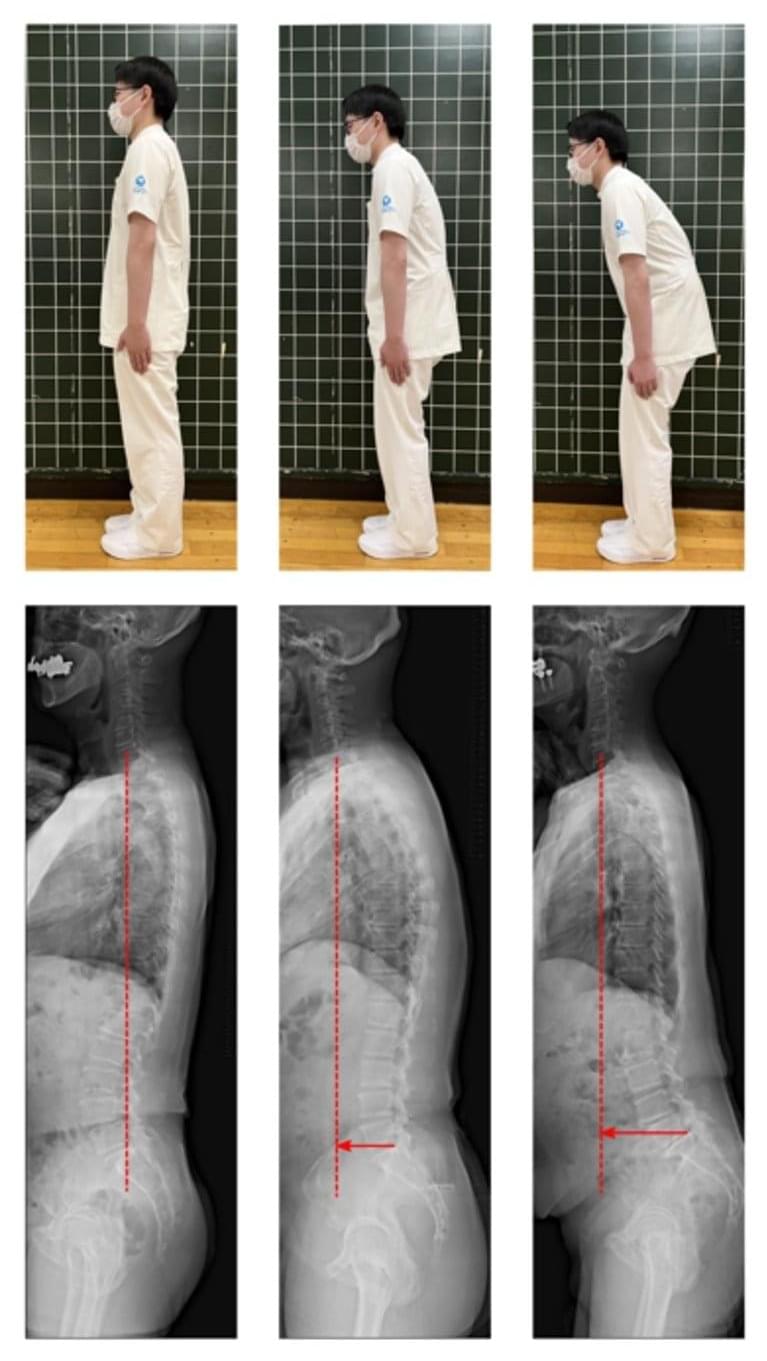The particle-smashing machine has fired up again — sparking fresh hope it can find unusual results.




Circa 2021 Evidence of string theory by black holes as fuzzballs.
Abstract: We examine an interesting set of recent proposals describing a ‘wormhole paradigm’ for black holes. These proposals require that in some effective variables, semiclassical low-energy dynamics emerges at the horizon. We prove the ‘effective small corrections theorem’ to show that such an effective horizon behavior is not compatible with the requirement that the black hole radiate like a piece of coal as seen from outside. This theorem thus concretizes the fact that the proposals within the wormhole paradigm require some nonlocality linking the hole and its distant radiation. We try to illustrate various proposals for nonlocality by making simple bit models to encode the nonlocal effects. In each case, we find either nonunitarity of evolution in the black hole interior or a nonlocal Hamiltonian interaction between the hole and infinity; such an interaction is not present for burning coal. We examine recent arguments about the Page curve and observe that the quantity that is argued to follow the Page curve of a normal body is not the entanglement entropy but a different quantity. It has been suggested that this replacement of the quantity to be computed arises from the possibility of topology change in gravity which can generate replica wormholes. We examine the role of topology change in quantum gravity but do not find any source of connections between different replica copies in the path integral for the Rényi entropy. We also contrast the wormhole paradigm with the fuzzball paradigm, where the fuzzball does radiate like a piece of coal. Just as in the case of a piece of coal, the fuzzball does not have low-energy semiclassical dynamics at its surface at energies $E\sim T$ (effective dynamics at energies $E\gg T$ is possible under the conjecture of fuzzball complementarity, but these $E\gg T$ modes have no relevance to the Page curve or the information paradox).
From: Marcel Hughes [view email]



The reluctance of many in the medical field to classify aging as a disease is causing significant roadblocks for those trying to find a solution.
Many people will swear to the life extending properties of coffee, be it saving them from keeling over from exhausting in the early hours of the morning or saving an annoying co-worker from the unbridled rage of someone who hasn’t yet acquired their caffeine fix. Yes, coffee is without a doubt one of the most powerful (and mostly metaphorical) lifesavers of the modern world. However, recent studies into the effects of drinking coffee on human lifespan have found that it might very well have a significant impact on health and longevity. A study of 170,000 people from the UK found that those who drank between two and four cups of coffee a day were 30% less likely to die from all causes compared to those who did not drink coffee at all.

Scientists may have found the first “free-floating” black hole, as it moves around our Milky Way galaxy.
When large stars collapse, they are thought to leave behind black holes. If that is the case, there should be hundreds of millions scattered throughout the Milky Way, left behind after the death of those stars.
But scientists have struggled to find them. Isolated black holes are invisible.

Summary: An older person’s posture may give clues to hidden cognitive decline, a new study reports.
Source: Shinshu University.
A mass survey of citizens aged 50 to 89 years examined whether cognitive decline could be detected by sagittal spinal balance measurement based on a radiological approach. Doctors from Shinshu University observed associations of sagittal vertical axis (SVA) anteriorization and higher age with lower cognitive function.

“If something drastic doesn’t change in the next few weeks/months, I promise you, you’ll see empty shelves everywhere you look,” Smith wrote in a post that was shared nearly 290,000 times. “You’ll see chaos as people fight for the basic necessities of everyday life.”
Smith did not respond to a request for comment from Insider in time for publication.
Insider spoke with five truckers who warned that the industry could be at a breaking point. The drivers say they’ve had to get creative in recent months as they work to turn a profit while spending thousands at the pump.
Cells not replaced, but old cells that are still there are rejuvenated.
Dr David Sinclair explains the mechanism behind how to reprogramm the old cells rejuvenate to be young again. He also clarify the process is based on cell autonomous effect and does not involve or rely on any stem cells in this clip.
David Sinclair is a professor in the Department of Genetics and co-director of the Paul F. Glenn Center for the Biology of Aging at Harvard Medical School, where he and his colleagues study sirtuins—protein-modifying enzymes that respond to changing NAD+ levels and to caloric restriction—as well as chromatin, energy metabolism, mitochondria, learning and memory, neurodegeneration, cancer, and cellular reprogramming.
Dr David Sinclair has suggested that aging is a disease—and that we may soon have the tools to put it into remission—and he has called for greater international attention to the social, economic and political and benefits of a world in which billions of people can live much longer and much healthier lives.
Dr David Sinclair is the co-founder of several biotechnology companies (Life Biosciences, Sirtris, Genocea, Cohbar, MetroBiotech, ArcBio, Liberty Biosecurity) and is on the boards of several others.